Transformer Tuesday: Overcoming Barriers to Collaborative Learning
This is the third installment of our new blog series, “Transformer Tuesday,” brought to you by VIA’s Will Chapman. In this series, we’ll address how leading utilities use VIA’s GDAC™ solution to manage their substation transformers with greater ease, insight, and cost effectiveness.
Aging electric grid components threaten the reliable, safe delivery of electricity. With substation transformer costs ranging anywhere from a few hundred thousand dollars to more than $5 million, the decision to replace these assets requires careful long-term capital investment planning. Unexpected transformer failures can upset those plans and requesting regulators to revise a utility’s rate case is not quick or guaranteed.
Here is an example of a situation that can arise when a transformer fails suddenly. If, say, Transformer 1 fails, a utility can decide to redeploy funds originally planned for the replacement of Transformer 2 into emergency purchasing of a brand new, Transformer 3. The result of this decision is that the utility needs to find a way to extend the lifespan of Transformer 2 since funds allocated to replace this transformer have gone to purchasing a new one.
So, how do utilities typically solve dilemmas like these and others?
Performing consistent maintenance is a sensible approach because aging transformers can have their lifespan extended, and it helps to defer replacement spending. To guide their maintenance work, utilities turn to predictive analytics to detect which transformers are at the greatest risk of failure. There are some helpful analytics that exist in the marketplace, however, there is a catch to predictive analytics: to be effective, they need a sufficient amount of data about transformers during normal periods of operation and leading up to faults and failure events.
Events like substation transformer failures don’t happen frequently (thankfully). But, utilities with too few failure events may not have a sufficient amount of transformer data on their own to train accurate predictive models, like Utility A on the left of the diagram below.
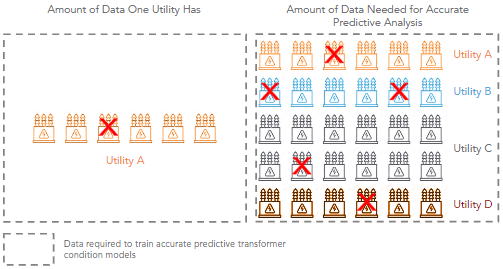
In principle, Utility A could address this challenge of data scarcity by exchanging data with other utilities so each utility has enough data to train and apply their predictive models and benchmarks, as shown on the chart to the right above. However, in practice, sharing sensitive operational data with other organizations presents serious privacy and security risks. Even if those risks are managed, utilities often keep their data in different or even incompatible formats. Utilities can find themselves needing so much time accessing and preparing data for analysis that they lack timely insights or have to abandon predictive analysis altogether.
VIA’s Global Data Asset Collaborative™ (GDAC™) overcomes these problems.
The Bridge to Predictive Insights
GDAC™ solves for each of the obstacles mentioned above: data scarcity, data privacy and security risks, and different data formats. With GDAC™, each utility retains complete control of its data and is able to connect to utility-controlled data locations. The collaborative does this by establishing a secure, privacy-protecting bridge between each company’s data and GDAC™ predictive analytics.
Leveraging GDAC™, utilities can prevent unanticipated transformer failures by:
- Predicting the future lifespan of individual transformers 3 years in advance and transformer fleets 10 years in advance
- Identifying the contributing factor(s) for health condition changes in order to take the appropriate course of action to extend the life of an asset
- Comparing individual transformers against the collaborative benchmark to better inform maintenance and replacement planning
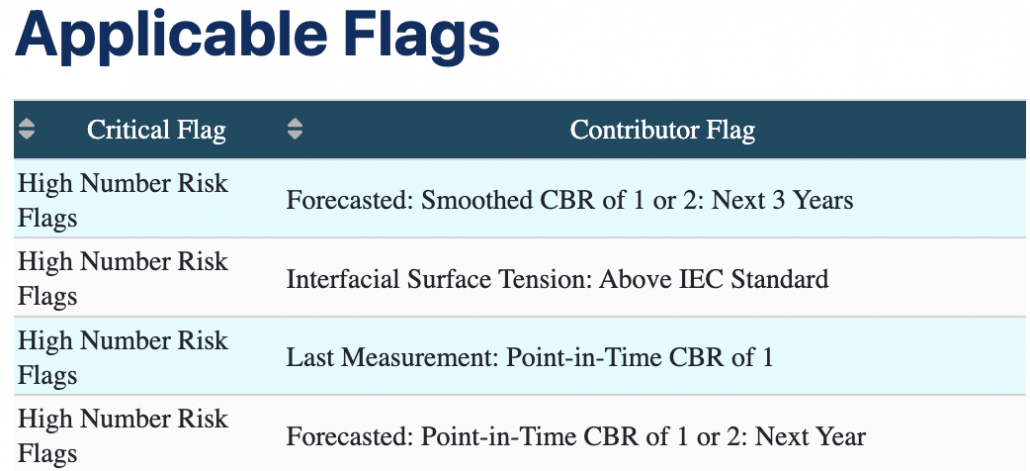
With GDAC™ (pictured above), utilities can forecast individual transformer health anywhere from 1 to 3 years in advance.
By using GDAC™, utilities share access to, not copies of, valuable transformer data and learn from the combined valuable experiences with faults and failures. This enables GDAC™ member utilities to reliably predict transformer failures and minimize unexpected replacement scenarios.
Want to expand your transformer knowledge base?
Reach out to me on LinkedIn or email sales@solvewithvia.com to set up some time to chat and get a free analysis of your most at risk transformers.
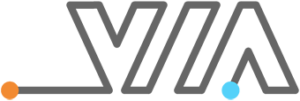
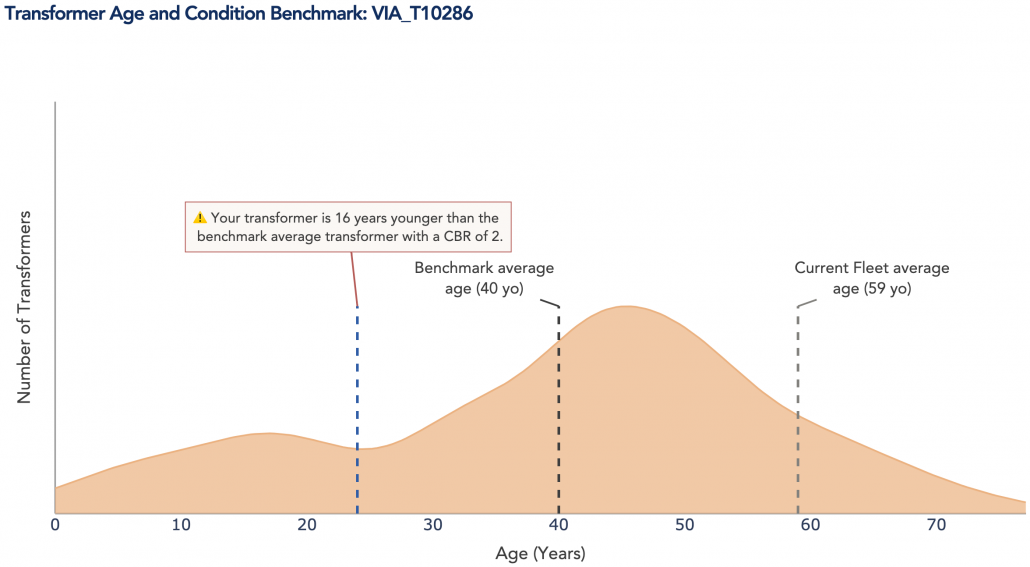
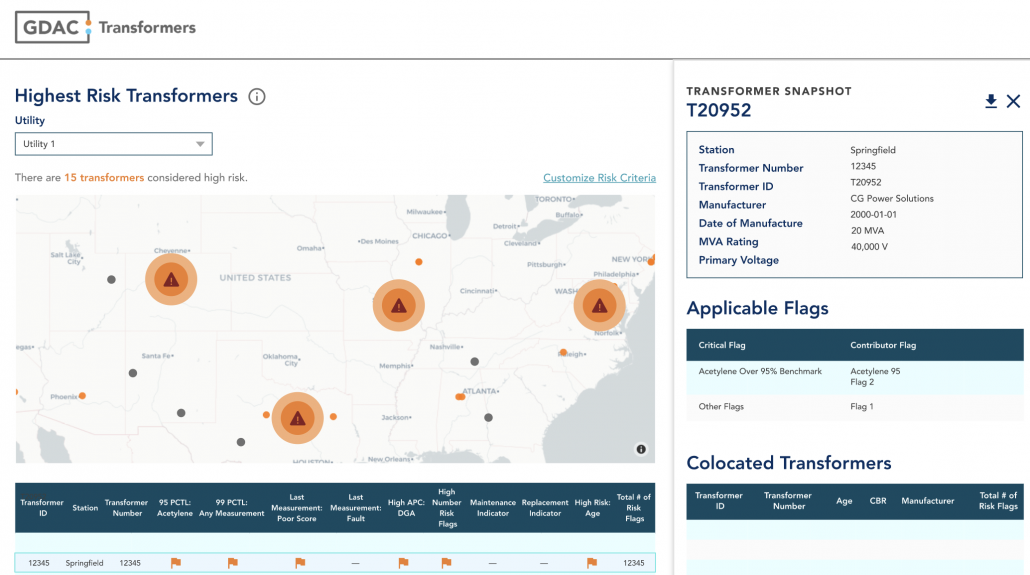

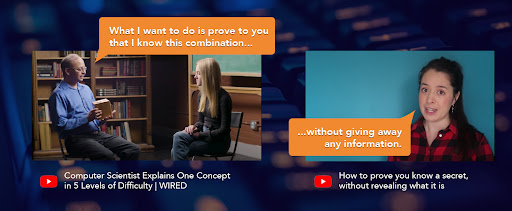



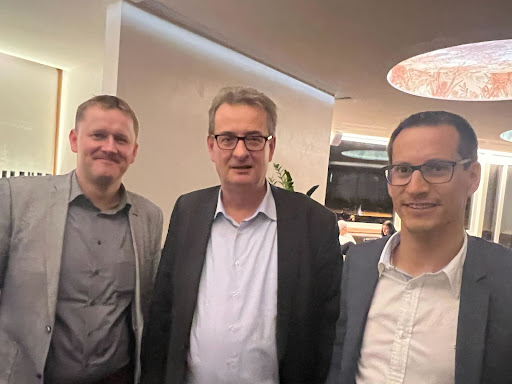
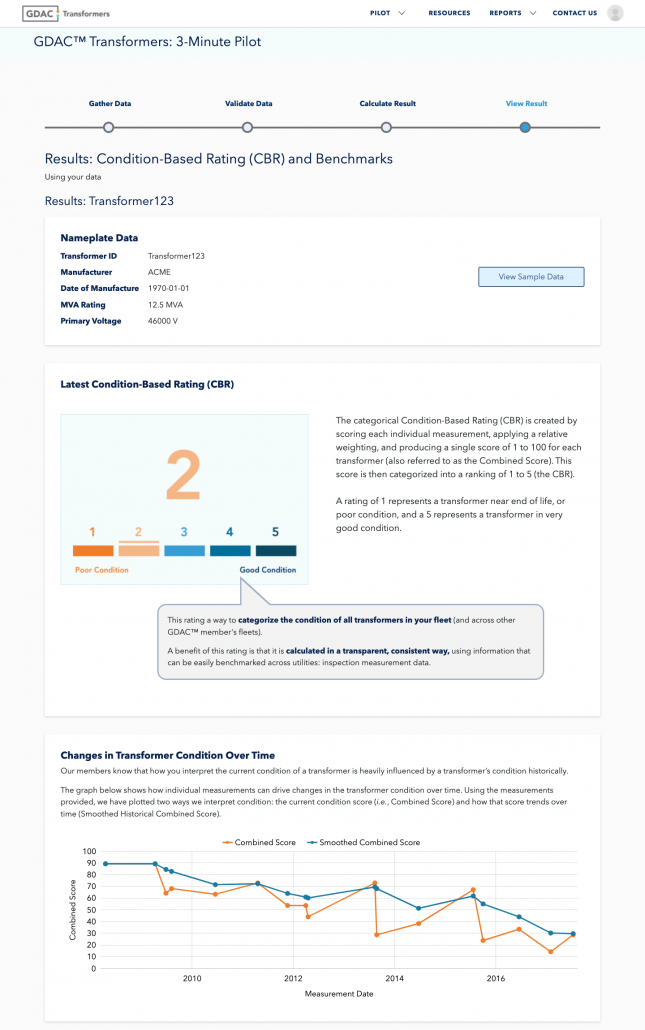 VIA’s 3-Minute Pilot provides valuable insights on the health of transformers in just 3 minutes.
VIA’s 3-Minute Pilot provides valuable insights on the health of transformers in just 3 minutes.